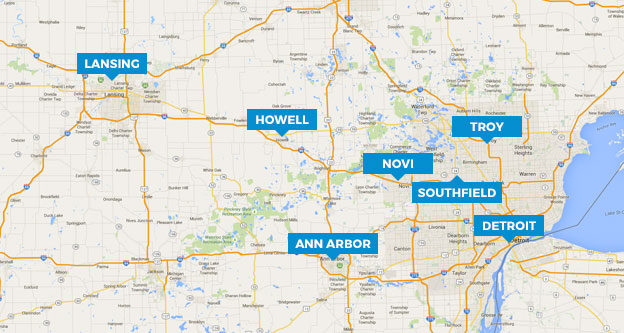Planning for retirement doesn’t need to be complicated. Understanding the basics about the various retirement plans available to you will go a long way.
401K
A 401K is a retirement plan offered by employers to their employees. Employees are able to contribute a portion of their pre-tax wages to the 401K. Pre-tax wages means you will not pay taxes on the portion of the wages contributed to the 401K. This type of plan is considered a tax deferred retirement plan. The investments can grow tax free. Once you retire, withdrawals from the 401K are taxed.
For 2015 and 2016, you can contribute up to $18,000 to your 401K. Individuals older than 50 years old are allowed an additional $6,000 of catch-up contributions.
I highly recommend taking advantage of an employer company match. This is free money going into your retirement plan. For example, an employer offers a dollar for dollar 3% company match. This means if you contribute 3% to your 401K, your employer will match it and contribute an additional 3% to your 401K.
IRA
An Individual Retirement Account (IRA) is similar to a 401K. It is also considered a tax deferred retirement plan. Similar to a 401K, an investment in the IRA can grow tax free until retirement.
For 2015 and 2016, you can contribute up to $5,500 to an IRA. Individuals older than 50 years old are allowed to contribute $6,500. IRA contributions may be deductible on your tax return. The deduction may be limited if you or your spouse are covered by a retirement plan at work and your income exceeds certain levels.
Contributing to an IRA can be a good tax planning tool. IRA contributions for any year are due by April 15 of the following year. 2015 IRA contributions are due by April 15, 2016. This means you can determine if contributing to an IRA will save you taxes when your tax return is prepared.
Roth IRA
A Roth IRA is not a tax deferred retirement plan. All contributions to a Roth IRA are made with after tax dollars. The investments in a Roth IRA grow tax free. Once you reach age 59 ½, all withdrawals from a Roth IRA are tax free. This is the main advantage of a Roth IRA. I recommend evaluating the advantages of contributing to both a Roth IRA and IRA. This will give you the most flexibility in retirement.
For 2015 and 2016, you can contribute up to $5,500 or $6,500 if older than 50 to a Roth IRA. The maximum amount you can contribute might be limited based on your filing status and income.





